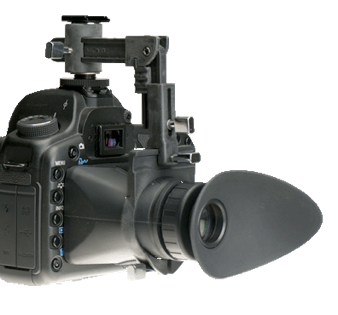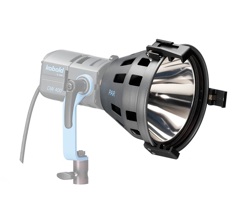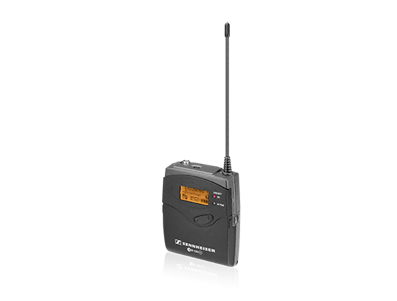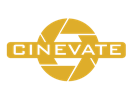
Photographic, Inc.

Bear Images
There’s a time and place for all tools, and the infamous DSLR is certainly no exception. The evolution of these cameras over the last few years has been impressive and watching the full-frame options become more affordable has offered photographers some incredible tools. For ultimate image quality we still whole-heartedly recommend medium format digital backs, but in all reality, those cameras aren’t always the best tool for the job.
Especially since the advent of HD video being incorporated into some of the modern DSLRs, these workhorse cameras have found their way into more shooting scenarios than ever before. In our opinion, Canon has remained the leader of the pack for quite a while, and offer solutions for the budget-conscious entry level shooter all the way up to the working professional. Of course then there is the infamous 5D MKII, which has taken the industry by storm. With a price point that’s hard to beat, plenty of resolution for still images, great low-light performance, and full 1080p video capture, it’s truly in a class of it’s own.

Frame rates, lighting, camera support, focusing, and even the elusive audio have all challenged us to figure out the best methods for capturing smooth and professional video. Many of us have been using strobe lighting for years, but for shooting video, we need to transition to more continuous light sources, so which one is best? The answer to that depends on what you’re doing, and maybe on what you already own. If you already have Profoto or Broncolor lighting, there are continuous solutions which take advantage of many of the light shapers you’re already using. Kobold HMIs from Broncolor also utilize the line up of Broncolor accessories by way of an adapter ring, so you’re investment in new lighting is minimized and you can continue lighting in your own style, the way you always have.



Another part of the focusing challenge is actually seeing what you’re focusing on. Using the rear LCD screen to focus can be pretty useful if you use the magnification tools built into the camera, but for a closer view you can try the Hoodman HoodLoupe in combination with the Hood Crane (available together as the “Cinema Kit Pro”). These can be very nice to have especially for shooting on the run, but when you’re stationary and have the ability to use an external monitor, mounting a screen like the Marshall VLCD70 is a very nice addition. With built-in tools like focus mask and exposure warnings, it’s easy to see what you’re doing at a glance.

If you are shooting video with your DSLR and need help figuring out the best solutions for your shooting needs and style, give us a call at Bear Images.. we’ll be glad to help!
Bear Images Photographic, Inc. • San Francisco, CA. 94107 • 650-321-2327 • support@bearimages.com
Motion Picture




















Motion Picture


Please Note: Prices, Promotions, Upgrades, All and Any Offers Subject to Change and Limitations Without Notice.
© Bear Images Photographic 2023

